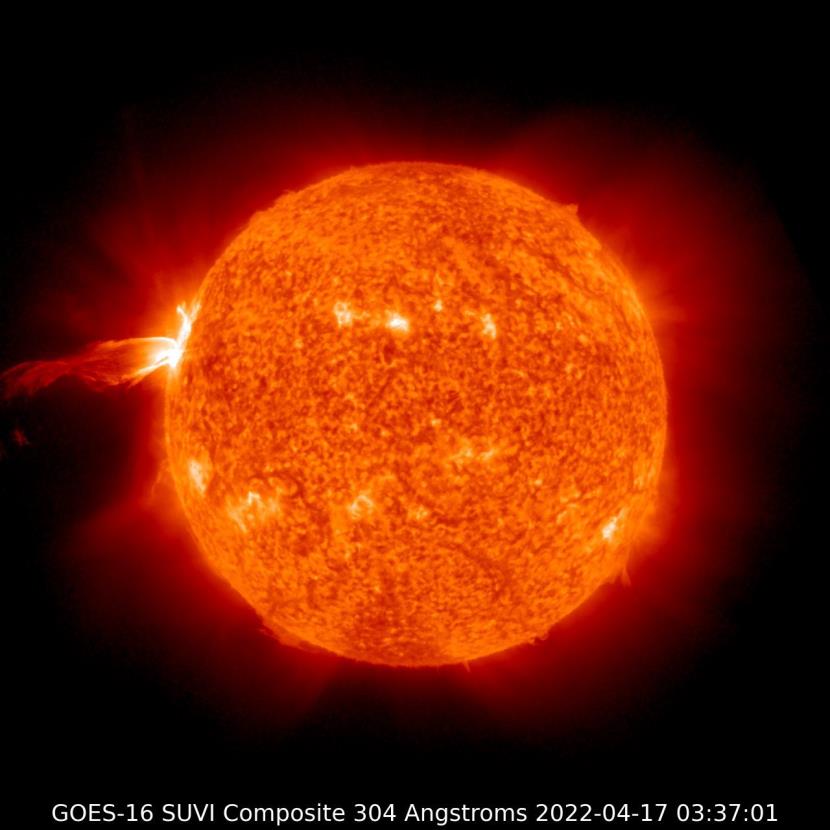Days after a geomagnetic storm hit Earth, solar activity is once again picking up pace and the Sun is likely to erupt with more flares this week. A solar flare hurtled from the Sun on Sunday and caused a strong shortwave radio blackout over southeast Asia and Australia.
The X1 class flare was accompanied by a Coronal Mass Ejection (CME) from a cluster of active sunspots that have produced significant flaring prior to appearing on the eastern limb of the Sun. The flare originated from Regions 2994 and 2993 and caused a brief radio blackout and was classified as a Type II solar radio burst.
“Solar activity is expected to be active over the next week as these sunspots migrate across the visible disk,” the agency under the National Oceanic and Atmospheric Administration said in an update. The latest forecast from the Space Weather Prediction Center comes after the Sun erupted, hurtling flares towards the inner planet, including Earth.
According to spaceweather.com, the sunspot complex AR2993-94, produced an X1-class solar flare on April 17, maybe just the beginning. Another potentially large active region is right behind it. The sunspots appeared on Sunday and Nasa’s Solar Dynamics Observatory is tracking its progress.
“This sunspot group has been active for more than a week, hurling CMEs and plumes of plasma into space from its location on the far side of the sun. Now it is turning to face Earth and shows no signs of slowing down,” the space observer said.
The host star of our solar system had previously erupted, sending out plasma towards Earth that hit the planet, causing a geomagnetic storm last week.
A solar flare is a sudden, rapid, and intense explosion on the surface of the Sun that happens when massive amounts of energy stored in magnetic fields are suddenly released. The explosion emits radiation across the length and breadth of the universe, hurtling them towards planets in the solar system. These radiations contain radio waves, x-rays, and gamma rays.
There are three stages of a solar flare: first, the precursor stage, where the release of magnetic energy is triggered with soft X-Ray emissions. The second stage, named impulsive, is when protons and electrons are accelerated to energies equivalent to a million electron volts. The third stage is the gradual build-up and decay of the X-Rays.
The Sun is now in its 11th solar cycle, which is characterised by high activity on the surface.
